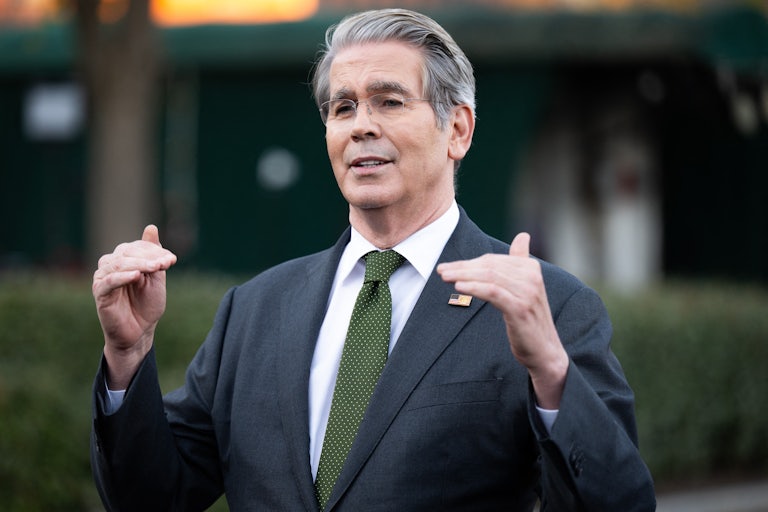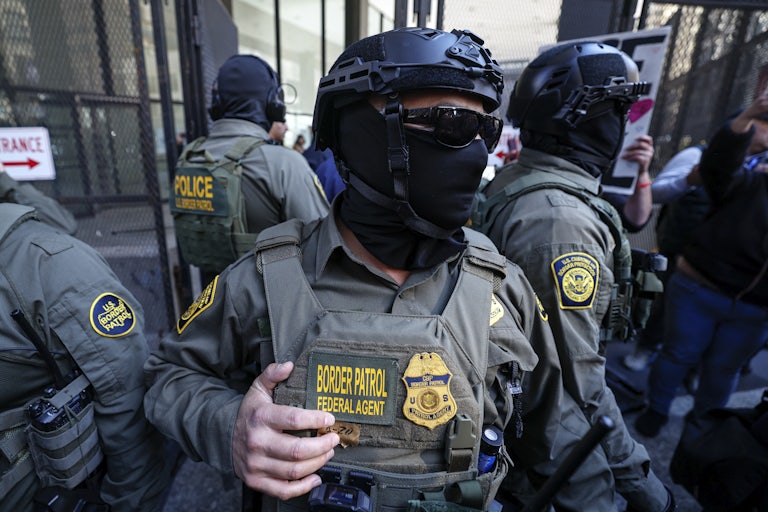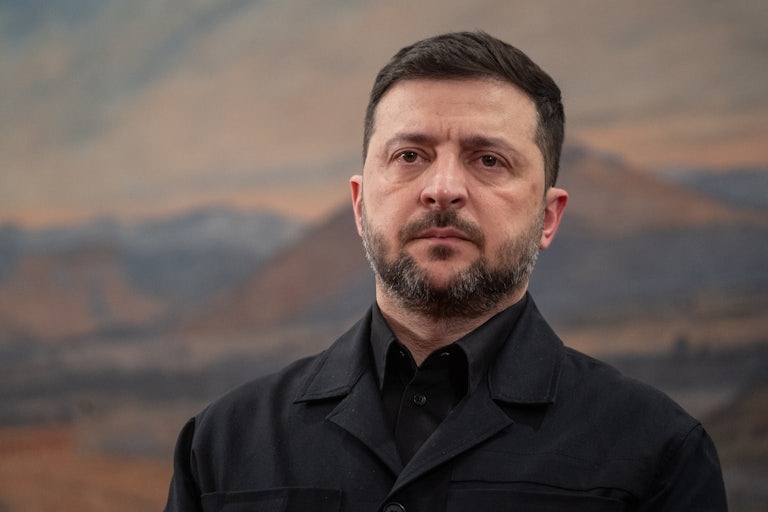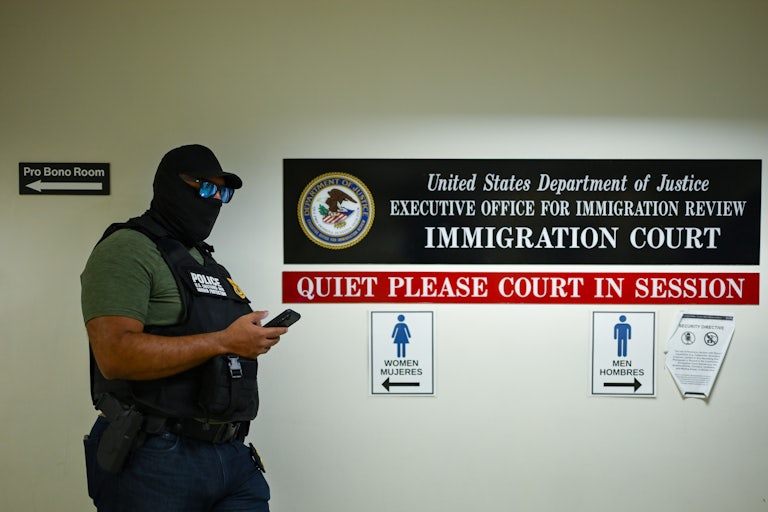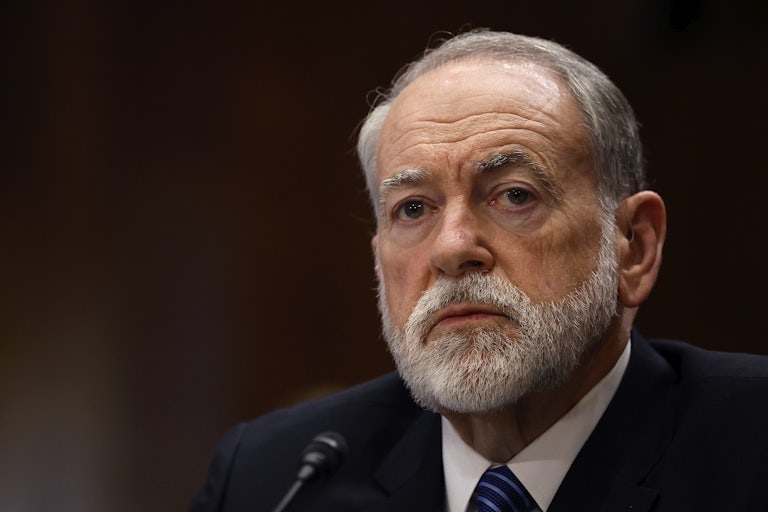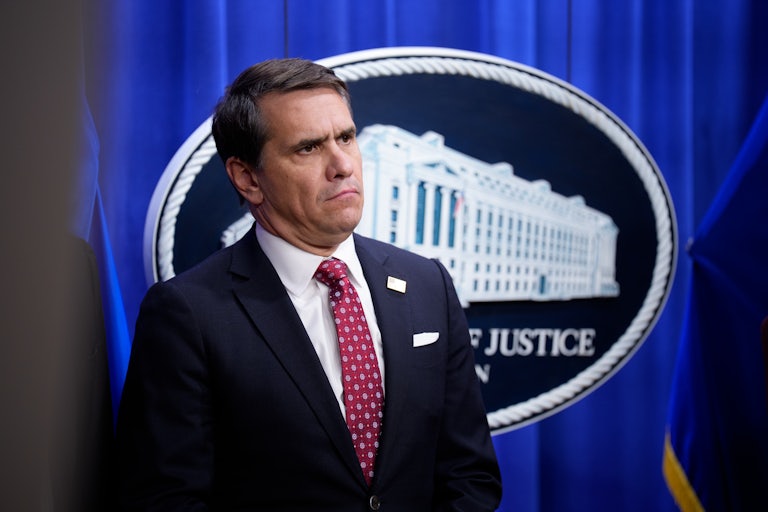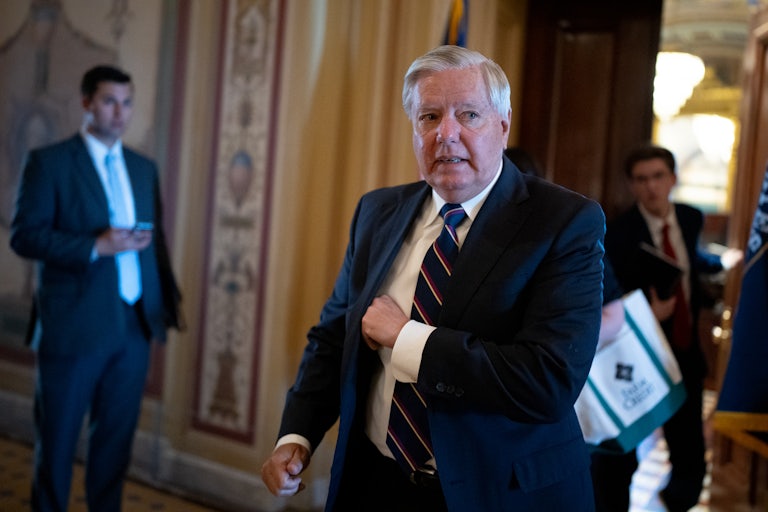Trump’s Ukraine Peace Deal Appears to Be Translated From Russian
Certain phrases in Trump’s proposed deal seem to be using Russian language.

The U.S. peace plan presented to Ukraine appears to have been translated from Russian.
The syntax of certain phrases are more common in the Russian language, such as the third point of the 28-point plan: “It is expected that Russia will not invade neighbouring countries and Nato will not expand further.”
“It is expected” is not commonly used in English, but it is common in Russian and appears to come from the phrase ожидается or ozhidayetsya, according to The Guardian’s Luke Harding. Other words that appear to be translated from Russian include “ambiguities” (неоднозначности) and “to enshrine” (закрепить).
It’s no accident, either: The plan was hammered out by President Trump’s envoy Steve Witkoff and Kirill Dmitriev, an adviser to Russian President Vladimir Putin, after the two met last month in Miami. While Secretary of State Marco Rubio was also involved, no Ukrainian or European officials were, which is pretty evident by its contents.
For example, under the proposal, Ukraine would cede Crimea, Luhansk, and Donetsk to Russia and would be banned from joining NATO. Russia would get readmitted to the G8. Ukraine would also reduce the size of its military by hundreds of thousands, and no NATO troops could be stationed in the country. Sanctions against Russia would also be lifted but would snap back if Russia invades Ukraine again.
It leaves Ukrainian President Volodymyr Zelenskiy in a predicament of whether he should end the war quickly or risk accepting a deal that much of his country would reject. Unnamed Ukrainian officials have already called the plan “absurd” and “unacceptable,” as it seems very similar to Russia’s demands shortly after its 2022 invasion. It seems Trump is more interested in appeasing Russia than considering Ukraine’s needs.
